A society mirrored in its times: the SCHIRN presents a major thematic exhibition on art during the Weimar Republic.
Social tensions, political struggles, and social upheavals, as well as artistic revolutions and innovations characterize the Weimar Republic. Beginning October 27, 2017, the SCHIRN will be presenting German art from 1918 to 1933 in a major thematic exhibition. Direct, ironic, angry, accusatory, and often even prophetic works demonstrate the struggle for democracy and paint a picture of a society in the midst of crisis and transition. Many artists were moved by the problems of the age to mirror reality and everyday life in their search for a new realism or “naturalism.”
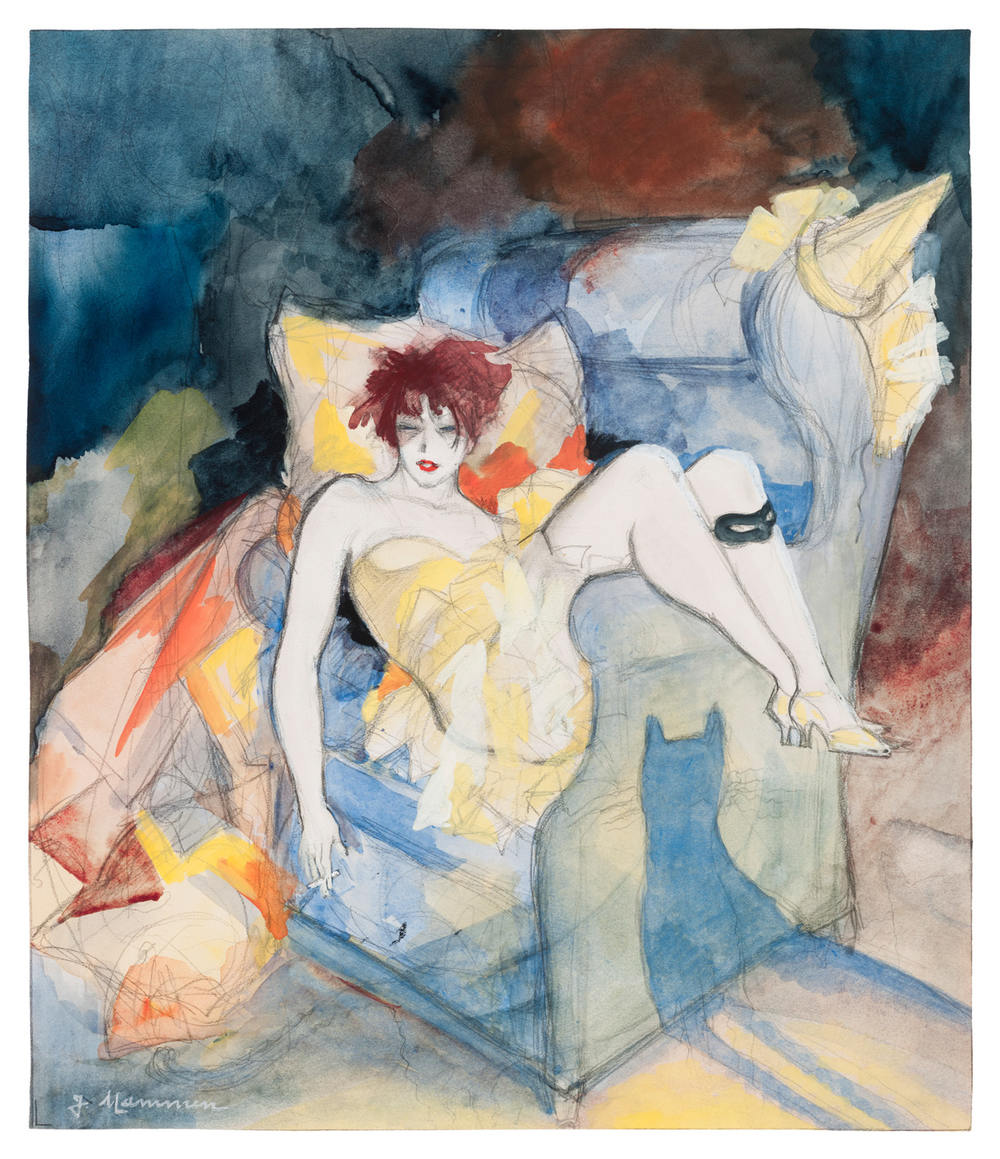
They captured the stories of their contemporaries with an individual signature: the processing of World War I with depictions of maimed soldiers and “war profiteers,” public figures, the big city with its entertainment industry and increasing prostitution.
Potential for discussion
The political unrest and economic chasms are part of the exhibition, as well as the role model of the New Woman, the debates about Articles 175 and 218 (regarding homosexuality and abortion), the social changes resulting from industrialization, and the growing enthusiasm for sports. The exhibition provides an impressive panorama of a period that even today, 100 years after its advent, has lost nothing of its relevance and potential for discussion.
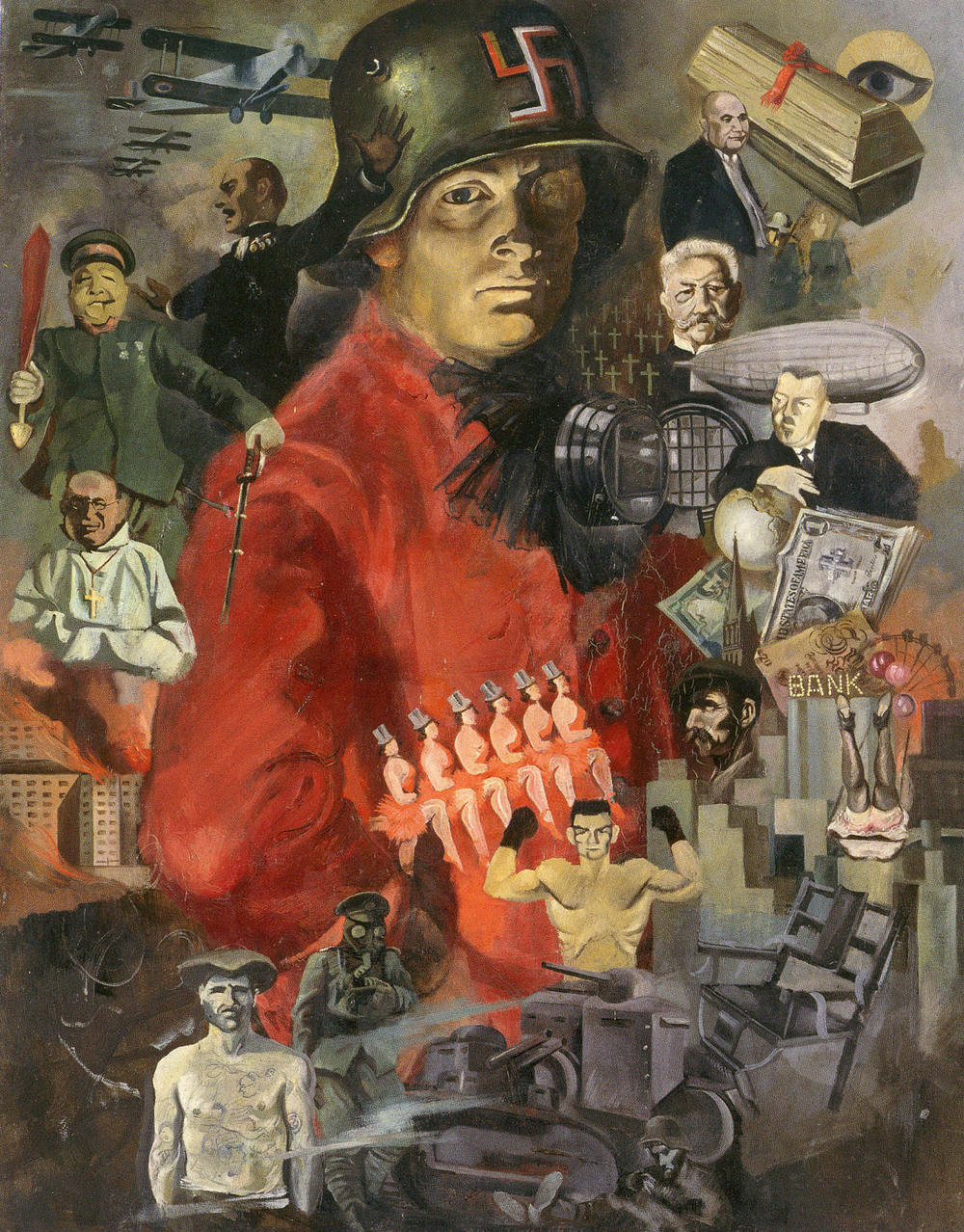
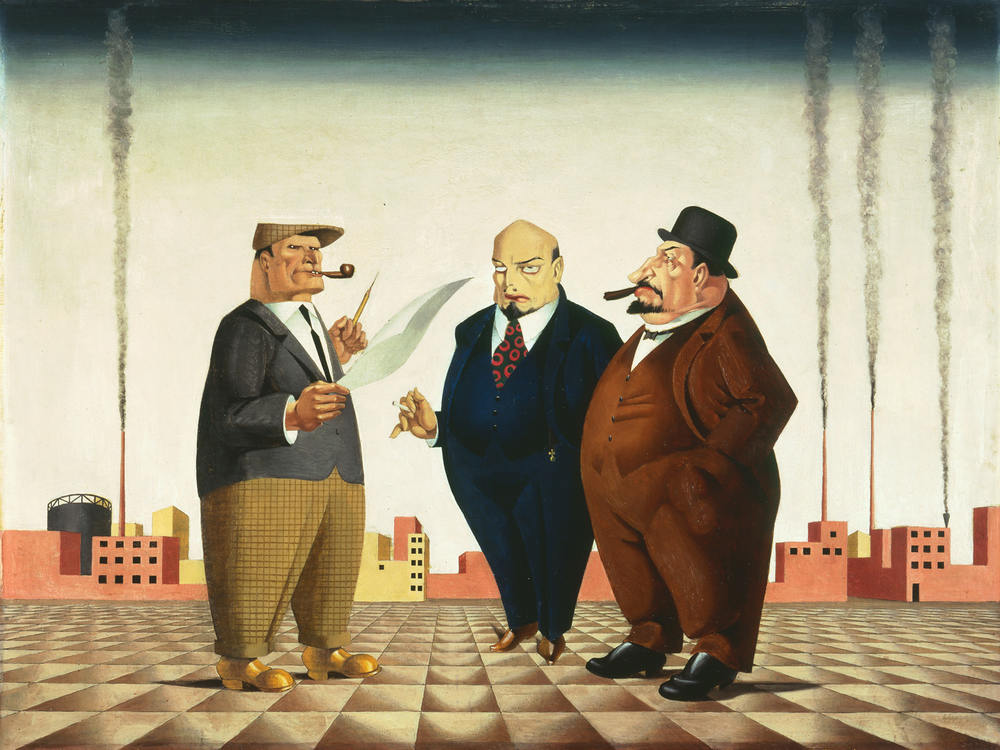
Dr. Philipp Demandt, Director of the SCHIRN, comments on the exhibition: “With ‘Splendor and Misery in the Weimar Republic’ the SCHIRN is presenting a counterbalance to the exhibitions that have already been shown on many occasions on the Roaring Twenties. It takes a look at the unvarnished facts of life during the Weimar Republic. Some 200 works by 62 artists mercilessly hold a mirror to the society of the time. We see an era that clung to democracy by the skin of its teeth and in some respects is closer to us than we would like to believe.”
Regarded separately until now
The focus of the exhibition lies on the unease of the era, which was reflected not only in the broad stylistic range of the age, but also in the topics and content. Arranged in thematic groups, it assembles portrayals and scenes from Berlin, Dresden, Leipzig, Rostock, Stuttgart, Karlsruhe, Munich, and Hannover that have hitherto frequently been regarded separately.
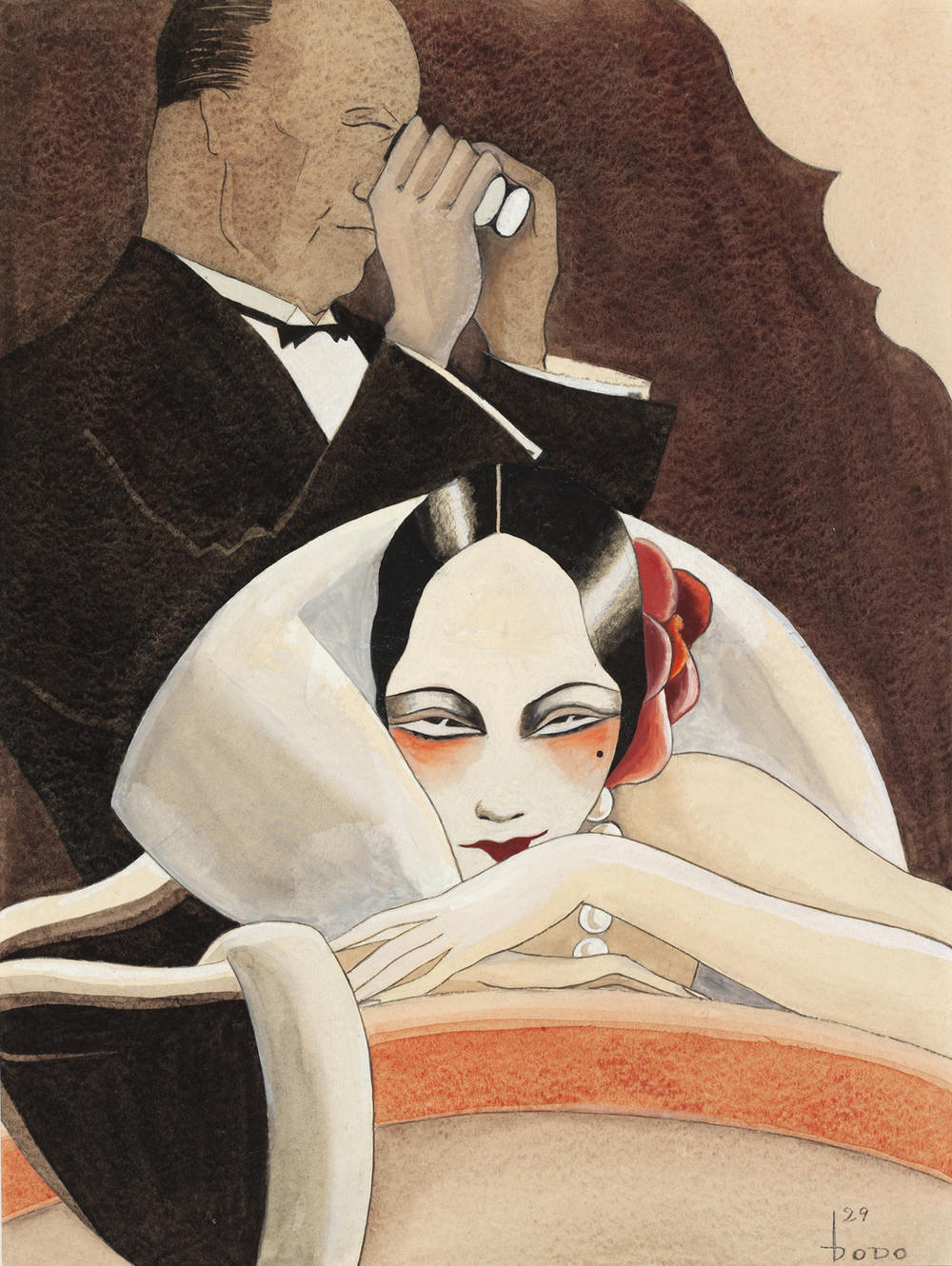
In this exhibition the SCHIRN unites some 200 paintings, prints, drawings, and sculptures by 62 famous artists and others who have been largely neglected to date, including Max Beckmann, Kate Diehn-Bitt, Otto Dix, Dodo, Conrad Felixmüller, George Grosz, Carl Grossberg, Hans and Lea Grundig, Karl Hubbuch, Lotte Laserstein, Alice Lex-Nerlinger, Elfriede Lohse-Wächtler, Jeanne Mammen, Oskar Nerlinger, Franz Radziwill, Christian Schad, Rudolf Schlichter, Georg Scholz, and Richard Ziegler. Historical films, magazines, posters, and photographs provide additional background information.
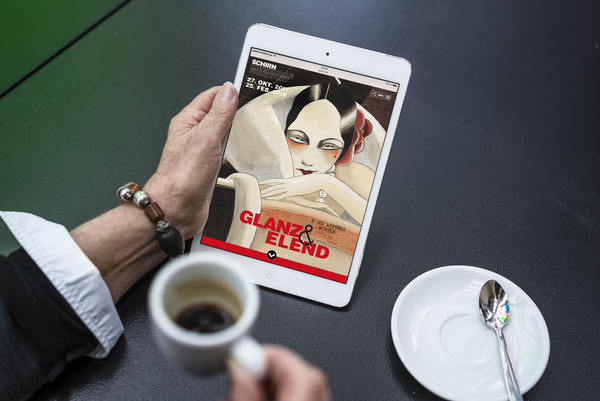
NEW DIGITORIAL
The free digitorial provides you with background information about the key exhibition aspects
For desktop, tablet and mobile
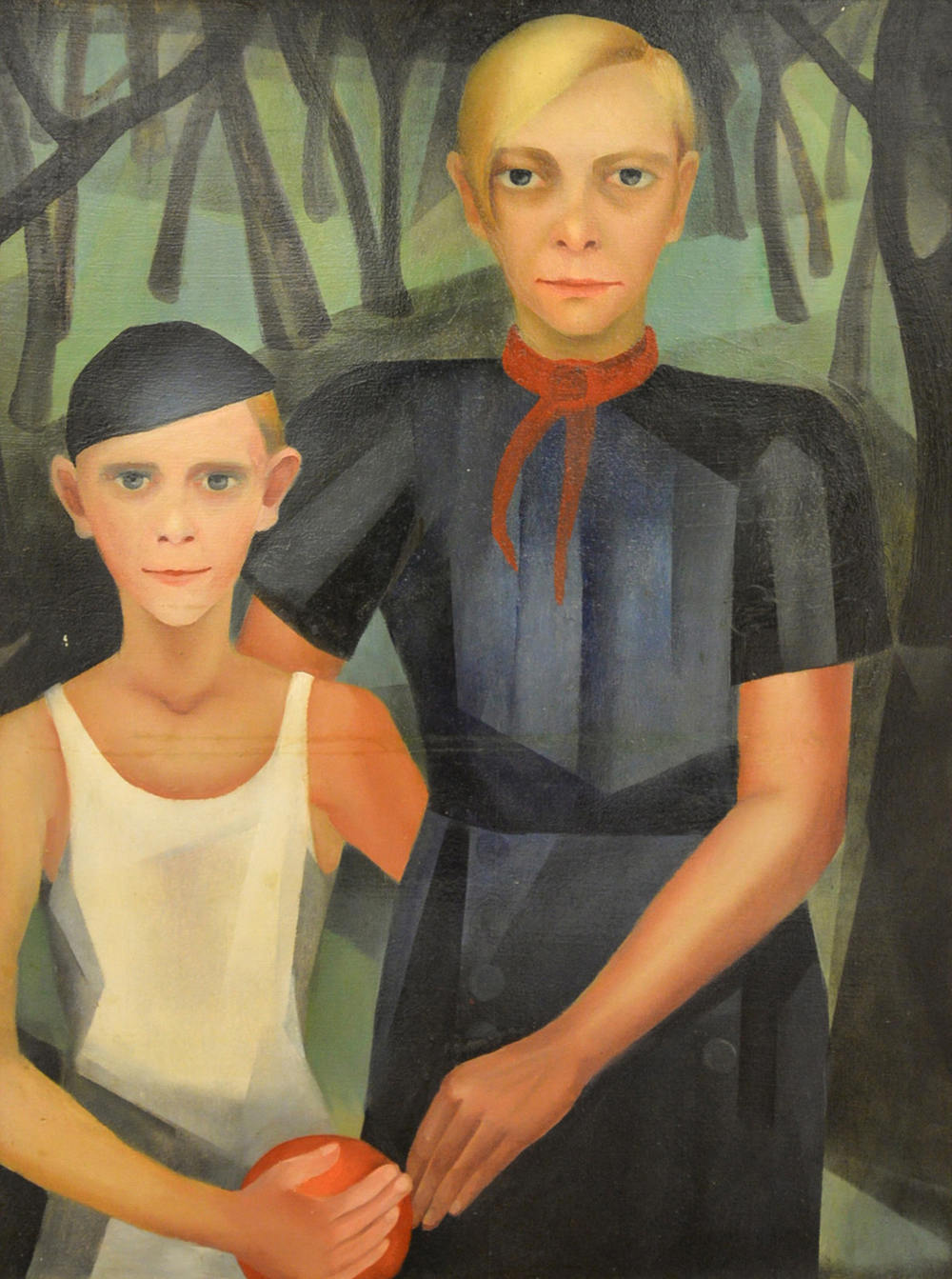

How Hip Hop sings about its dead
Death plays a large part in Hip Hop. The tragic early passing of legends such as Biggie Smalls and Tupac, not to mention rising superstars like...

5 questions for Mary Messhausen and proddy produzentin
With the performance "Thonk piece: Hungry for Stains", drag queens Mary Messhausen and proddy produzentin will open the exhibition COSIMA VON BONIN....

HIP HOP IS BLACK CULTURE – NOT THE OTHER WAY AROUND
Hip hop’s 50th birthday is an occasion for us to listen to some old records and mixed tapes and to look back at the most important hip hop films of...

Now at the SCHIRN:COSIMA VON BONIN
The SCHIRN is showing a unique presentation of new and well-known works by COSIMA VON BONIN until June 9.

SHALLOW LAKES – plumbing the depths
In the SCHIRN’s rotunda, MELIKE KARA is presenting a series of sculptures that are reminiscent of bodies of water or small lakes. So, what’s this...

When subculture becomes mainstream – a balancing act
Regardless of whether it is hip hop, techno, or the queer scene: It is not unusual for the aesthetics of countercultures and subcultures to morph into...

Now at the SCHIRN: THE CULTURE: HIP HOP AND CONTEMPORARY ART IN THE 21ST CENTURY
Coinciding with the 50th anniversary of the birth of hip hop, the SCHIRN dedicates a major interdisciplinary exhibition to hip hop’s profound...

Julia Feininger – Artist, Caricaturist, and Manager
Art historians can tell us a lot about LYONEL FEININGER, but who was Julia Feininger and what legacy did she bequeath to the world of art?

Lyonel Feininger and the Harvard Art Museums. Part 2
The Harvard Art Museums host the largest Lyonel Feininger collection in the world. The directors Lynette Roth and Laura Muir chat about Feininger’s...
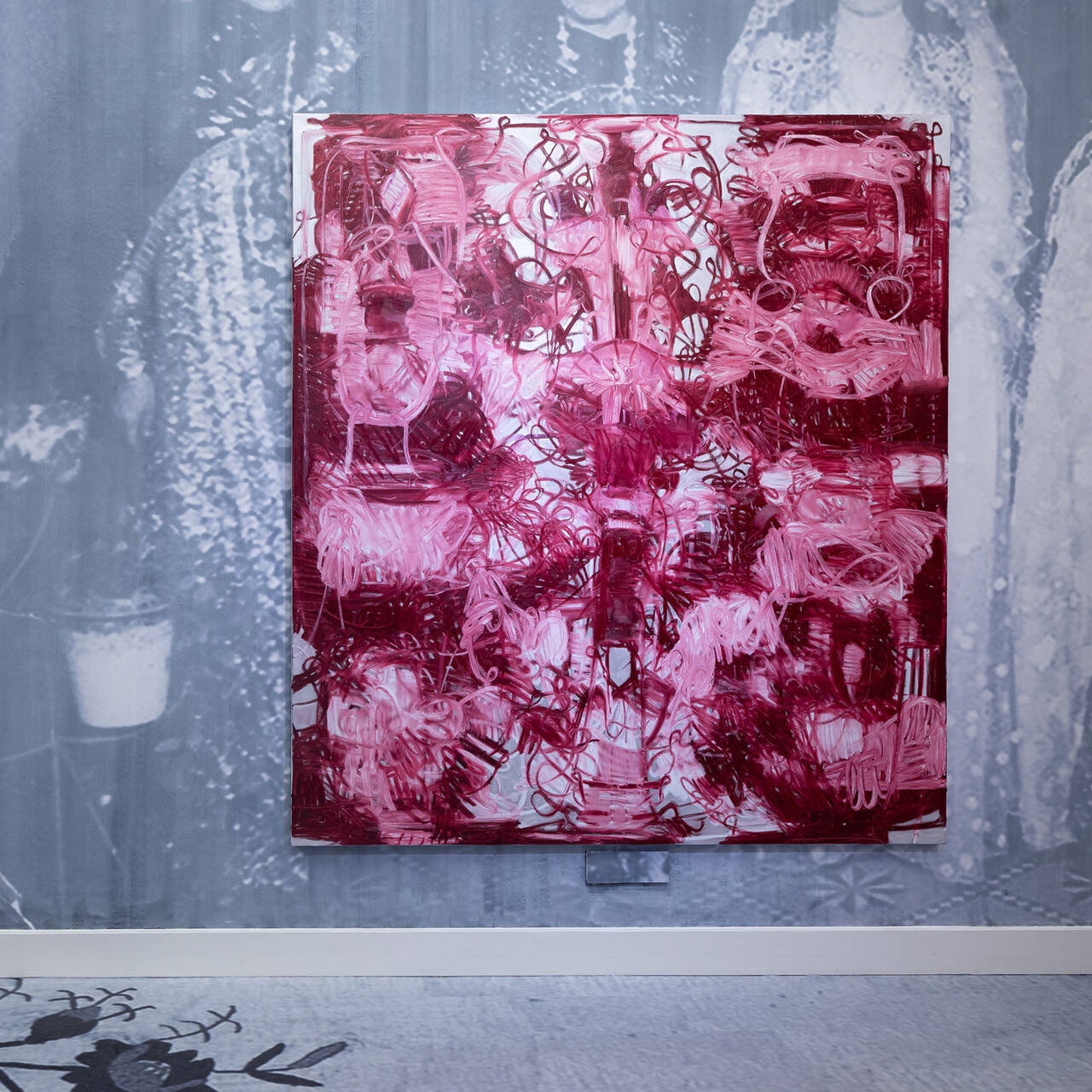
Five good reasons to view Melike Kara in the SCHIRN
From February 15, the SCHIRN presents a new site-specific installation by Melike Kara in its public rotunda. Here are five good reasons why it's worth...
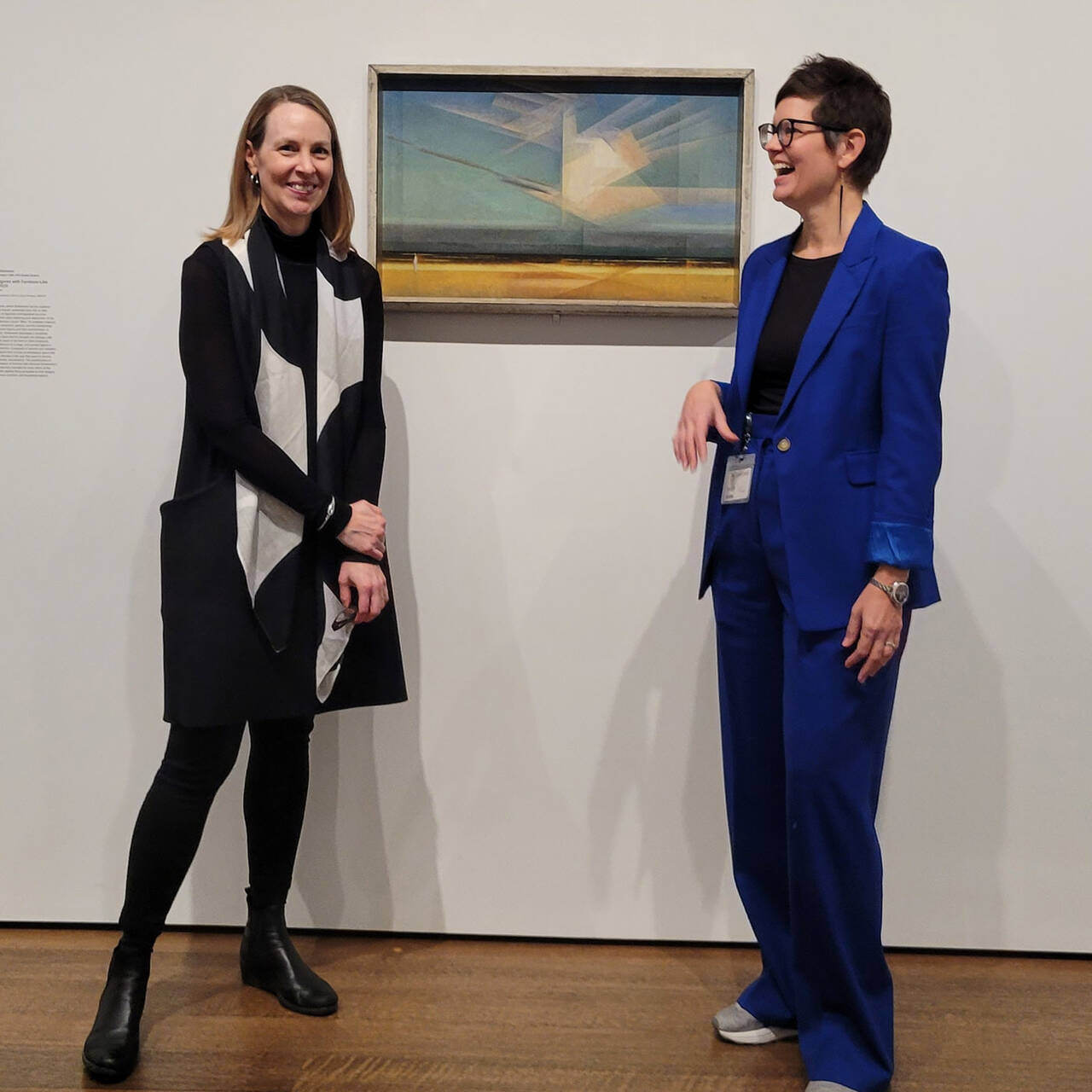
Lyonel Feininger and the Harvard Art Museums. Part 1
The Harvard Art Museums host the largest Lyonel Feininger collection in the world. How did that happen and how was the relationship between the artist...
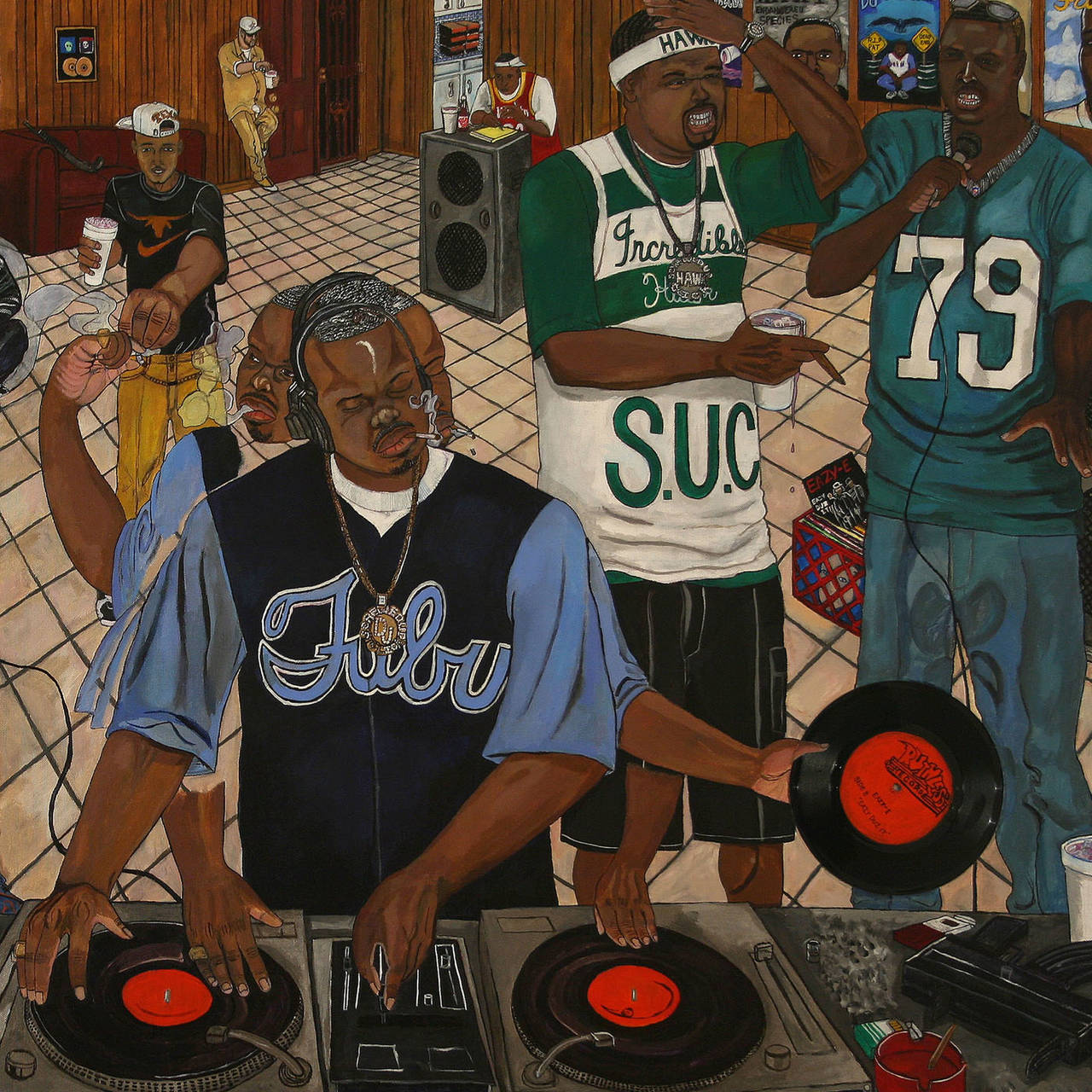
2024 AT THE SCHIRN
This is 2024 at the SCHIRN! From hip-hop and art in the 21st century, to Selma Selman, the self-proclaimed "most dangerous artist in the world", to...
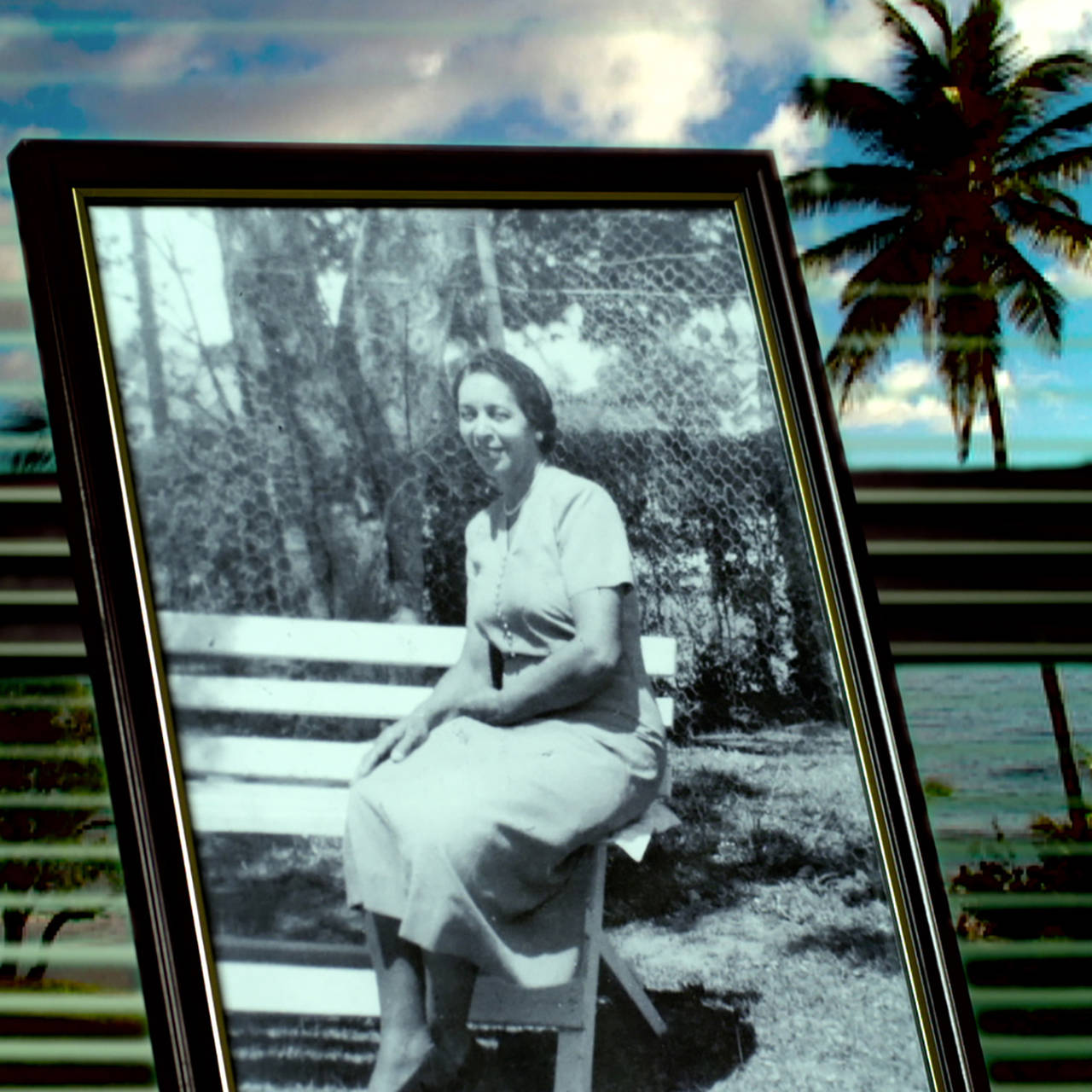
ROUTES, NOT ROOTS. JOHN AKOMFRAH, STUART HALL, AND THE BLACK AUDIO FILM COLLECTIVE
John Akomfrah’s video work “The Unfinished Conversation” is an homage to cultural theorist and sociologist Stuart Hall. Award-winning Frankfurt...

Empathy, but how? Julia Grosse talks to Elisabeth Wellershaus
What role do empathy and emotions play in the cultural world of today and tomorrow? In the first part of the interview series, curator Julia Grosse...
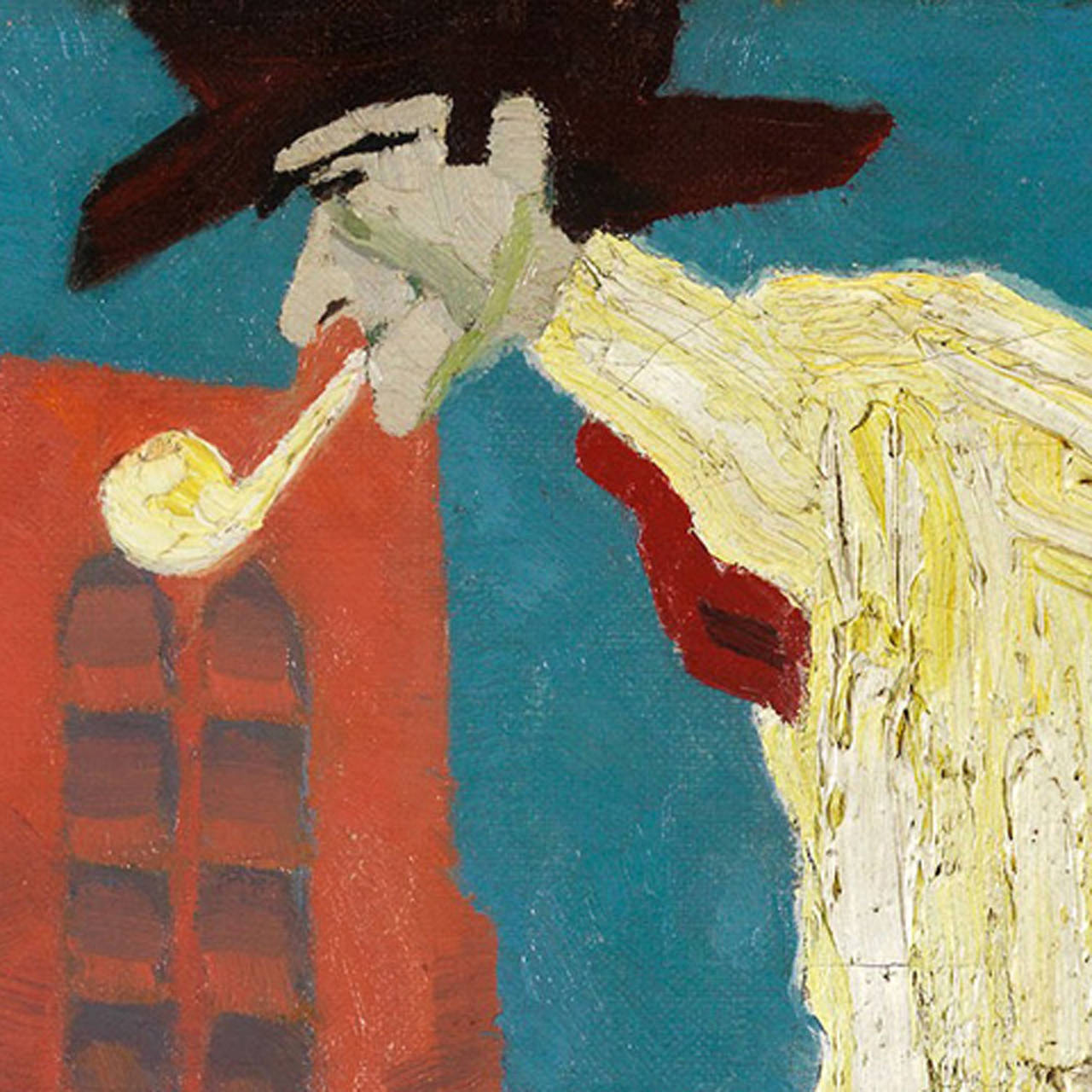
In the incognito of the mask. Lyonel Feininger’s self-portraits
What do the self-portraits Lyonel Feininger painted reveal about the great artist’s character and sensibilities? Feininger expert Andreas Platthaus...